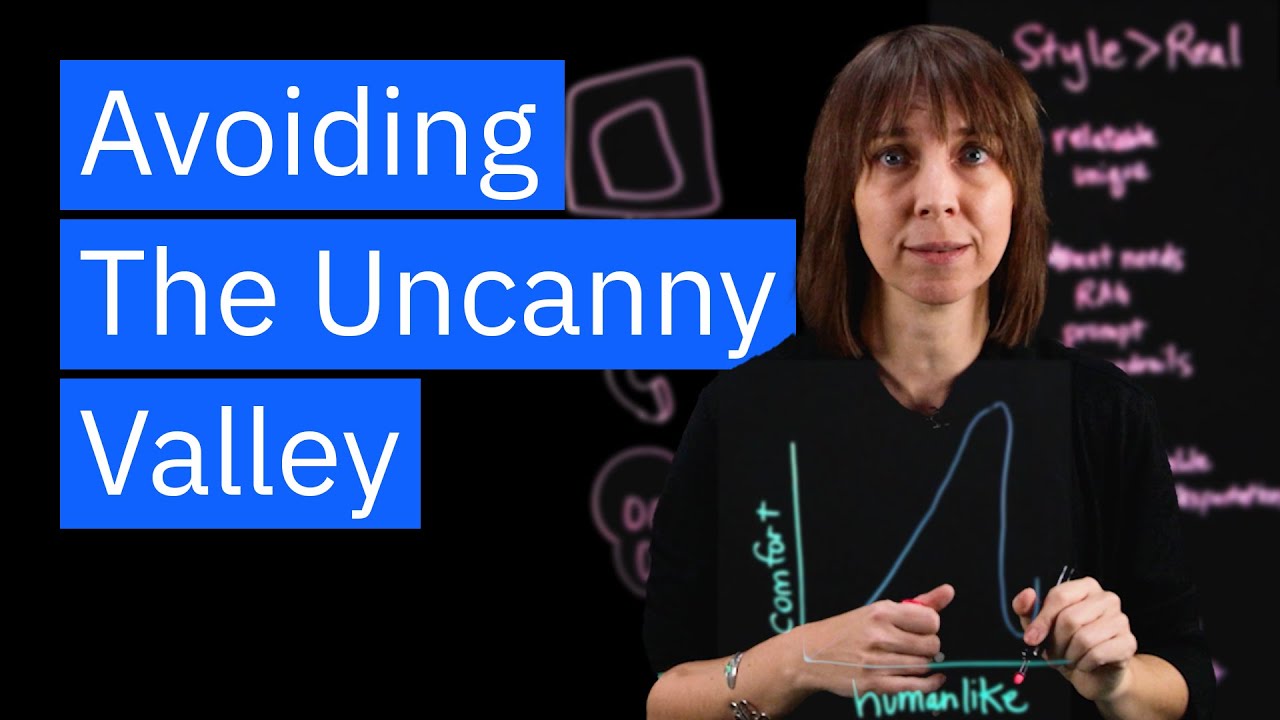The video explains the “uncanny valley” phenomenon in conversational AI design, highlighting the discomfort users experience when interacting with entities that are almost human-like but not quite. To avoid this, it emphasizes intentional character design, focusing on stylization over realism, prioritizing user needs, maintaining consistency in tone, and iterating based on user feedback to enhance comfort and engagement.
The video discusses the concept of the “uncanny valley” in the context of conversational AI design, particularly focusing on chatbots and voice assistants. The uncanny valley refers to the discomfort users feel when interacting with entities that are almost human-like but not quite. This theory, introduced by roboticist Masahiro Mori in 1970, suggests that as a virtual assistant becomes more human-like, user comfort increases until it reaches a point where the entity resembles a human but is still clearly artificial, leading to feelings of eeriness and unease.
To avoid falling into the uncanny valley, the video emphasizes the importance of intentional character design for virtual assistants. Users prefer interactions that are quick, transparent, and clearly distinguishable from human interactions. The design should prioritize stylization over realism, aiming for a relatable character that is not perfectly human-like. This approach can help create a unique and memorable AI experience while minimizing discomfort.
The video also highlights the significance of focusing on function over form. Meeting user needs should be the primary goal, and techniques such as retrieval augmented generation can help control the context and output of the assistant. Additionally, using prompting and fine-tuning can guide the AI’s responses, ensuring they align with user expectations. Implementing guardrails can further enhance accuracy and reduce biases and hallucinations in the AI’s responses.
Consistency in tone and behavior is another crucial aspect of avoiding the uncanny valley. Predictable and reliable interactions build trust with users, making them feel more comfortable. The video suggests monitoring user comfort levels and iterating on the design based on feedback. By understanding user preferences, designers can adjust the human-like qualities of the assistant to better match comfort levels.
Finally, the video provides an example of a poor interaction with a virtual assistant, illustrating how a sudden shift in tone can create discomfort. A more fluid and straightforward response is recommended to maintain a casual and engaging interaction. Overall, the video encourages designers to create natural human-machine interactions without striving for a perfect human likeness, ultimately enhancing user experience and comfort.
